It is surprising because of its color, due to the near absence of one of the fundamental colors of the Imari palette, cobalt blue.
It is interesting because of its atypical design. Indeed, while the center is very classic with the presence of the "three friends of winter"—pine, bamboo, and plum—the decoration around the edge is striking, featuring a whale in three large cartouches! This hand-applied decoration (with slight variations from one cartouche to another) is very delicate and meticulously crafted.
The whale occupies the center, flanked by a tree bearing flowers and fruits to its right and a light, elongated cloud to its left. But the attention is drawn to the significant amount of gilding: the whale's wide-open mouth, the tree's blossoms, and the edge of the cloud are all highlighted with bright gold.
An English friend of mine, an importer and a great connoisseur and specialist of Imari, helped me discover this unusual dish.
He identified it as a Yamatoko production from the late 19th century, between 1880 and 1895, confirming that the absence of cobalt blue was a distinguishing characteristic of a piece intended for the Japanese domestic market.
If you love beautiful objects, rare pieces, and appreciate Imari, don't hesitate!
This very beautiful dish will add a touch of refinement to your interior decoration on its own or enrich your already fine collection.













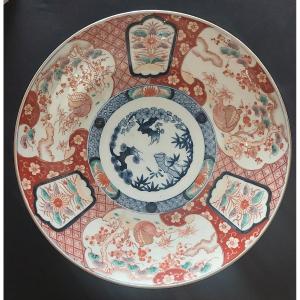
















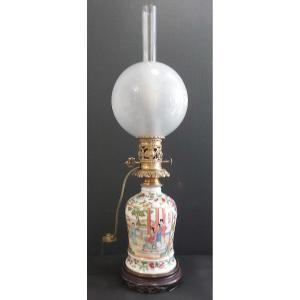





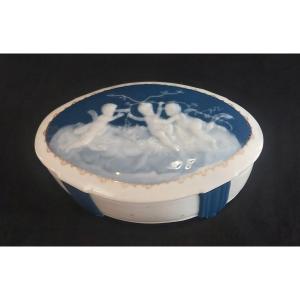
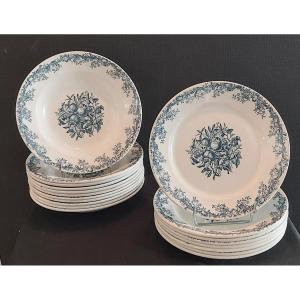


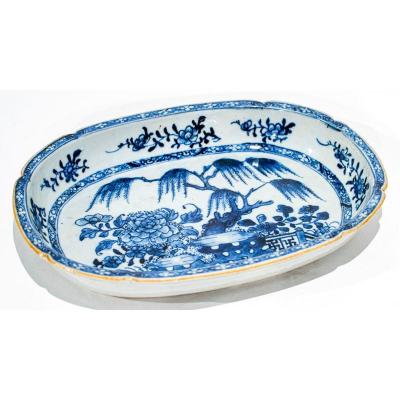







 Le Magazine de PROANTIC
Le Magazine de PROANTIC TRÉSORS Magazine
TRÉSORS Magazine Rivista Artiquariato
Rivista Artiquariato